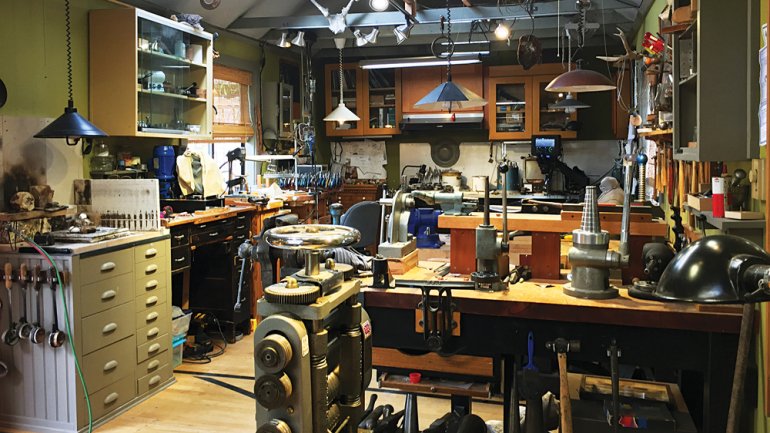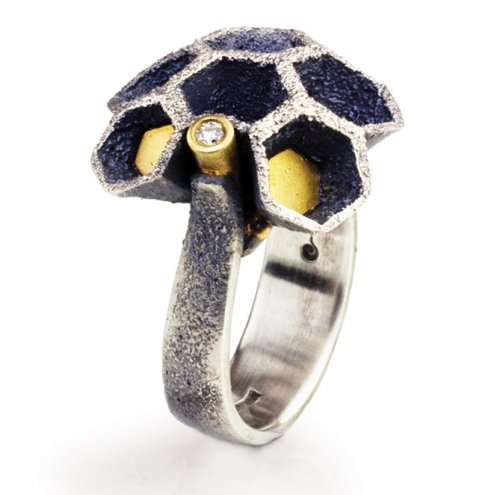Tools, Useful and Otherwise
Tools, Useful and Otherwise
Every issue we publish has a theme, and as you might imagine, I’m more attuned to some than to others. Take this issue’s focus on tools. As the stories trickled in, it occurred to me that I’m not really a tool nerd, so maybe I’d need to rely on others’ insights.
And yet, the morning is young, and already I’ve used two cups, a blender, a towel, a toothbrush, a hairbrush, a hair dryer, a phone, a pen, a computer, and a car. Tools are just as essential to my making life, of course; recently, a friend showed me a new kind of clasp cover, which has made the necklaces I like to make not only better-looking, but also more comfortable.
That said, my use of tools – and this is no doubt true for others – is usually semi-conscious and transactional. I don’t really think about the knife I’m using to chop onions – unless the handle starts to wobble, and then I’m irritated. A poor craftsman blames his tools, as the saying goes; a good one, I’ve decided, forms a deeper, more respectful relationship with them, recognizing their limitations as well as their potential.
If you’re human, you use tools all day, every day. (That’s true for other species, too, as metalsmith Andy Cooperman points out.) And the more you consider them, the more interesting tools become. For one thing, as blacksmith Tuli Fisher found when he homed in on gardeners as his prime audience, well-made tools make everything better. “A good, solid set of gardening tools makes most people happy,” he says.
Sophisticated tool users recognize that any tool is just a starting point. Cooperman regularly alters his pliers and dapping punches, customizing them to help him make better rings, brooches, and sculpture. He thinks critically about all of the tools in his studio, asking if they can do more. At the same time, he acknowledges their emotional weight, especially those he’s gotten from other metalsmiths, whether he knows them or not. “Hanging in my studio are pliers and hammers that I found at yard and estate sales. Small histories are soaked into their handles,” he writes. “I think about these makers every time I pick up one of these tools.”
Like Cooperman, Howard Jones also alters tools, but his are not for use; they’re an end in themselves. A mild-mannered retired art teacher, Jones makes outrageous, tool-informed sculptures – a paintbrush with a deer hoof where the bristles should be, a chair with hammerheads for feet. His work grabs us by the lapels and asks us to see, really see, the devices we rely on every day. “With their surreal imagery, sly humor, and strange beauty,” Joyce Lovelace writes, “his eccentric implements are pleasantly unsettling, prompting us to consider how we relate to the tools of daily life.”
If you become more aware of the tools you use every day, my own experience suggests, you may become more aware of your environment in general and, maybe, more mindful and grateful about everything. When you think about it, that’s pretty useful.





